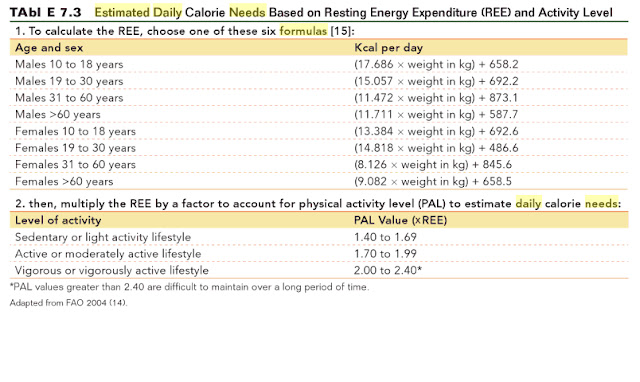Current Research Surrounding Development of Type 2 Diabetes
As the number of adults with type 2 diabetes has steadily climbed, increasing by 49% in the years 1991 to 2000, as reported by the centers for disease control and prevention, it’s important that we learn of the risk factors and lifestyle choices that can contribute to our chances for developing this chronic disease. Type 2 diabetes is believed to be caused primarily by a tolerance build up of the body to insulin, and is also linked to impairment of cells of the pancreas to produce insulin. Dramatic complications such as kidney disease, blindness, and damage to the extremities possibly leading to amputation, along with an increased risk for heart attack and stroke are associated with the disease.
Current theories surrounding accruement of insulin tolerance and decreased insulin production by cells of the pancreas all deal heavily with obesity, fatty acids released by adipocytes (fat cells), smoking, diet and exercise levels, along with some genetic links as well.
Current research examining adipocytes (fat cells) has created a mainstream shift among researchers, where previously it was thought that adipocytes did little more than store fats; it has now been shown that these fat cells actually release a variety of hormone-like substances which affect other tissues. Several of these proteins and substances exist, such as leptin, an appetite suppressing factor, resistin, a substance which counteracts the effects of insulin, suggesting that the substance actually contributes to insulin tolerance. Another protein, known as adipopectin, increases the effects of insulin, but in obese individuals has been found to have decreased production.
The review, Obesity and Free Fatty Acids (FFA) written by Dr. Guenther Boden from Temple University School of Medicine in Philadelphia, examines the link between free fatty acids in several possible pathways which contribute to insulin resistance. In his paper Dr. Boden cites evidence that “plasma FFA levels are elevated in most obese individuals,” that “raising plasma FFA levels increases insulin resistance” and “lowering of FFA improves insulin resistance,” qualifying FFAs as a physiological link between insulin resistance and obesity.
In studies performed by Drs. Boden and Chen, it was found that acutely raising plasma FFA reduced insulin stimulated glucose uptake in all individuals tested, without any correlation to age or gender. Furthermore, Dr. Boden cites a study, performed by R. Rizza and others, which shows evidence that physiological elevations of FFA inhibit insulin suppression of hepatic glucose production (glucose production of the liver), resulting in an increase of glucose production in the liver.
Though current information about pathways involved in the development of diabetes has been vastly expanded, there is still no 100% effective treatment for type 2 diabetes. Current advances in the field have opened up several new possibilities for treatment in the future. The best way to treat diabetes is to prevent yourselves from developing it. Exercise and a healthy diet have been shown to be a major contributor to individuals at high risk for type 2 diabetes. WebMD’s entry on Type 2 Diabetes Prevention, suggests screening for type 2 diabetes at age 30 among people at risk, i.e. those with a family history of diabetes or those who are overweight. WebMD cites a study performed by the Harvard School of Public Health, saying that the study showed that “regular exercise – at least 30 minutes a day, five days a week – and an improved diet that’s low in fat and high in fiber significantly helped with type 2 diabetes prevention.”
So now that you have a little background info about diabetes, it’s time to start doing your part to prevent diabetes: Inform your friends and family about the importance of regular exercise and a healty lifestyle in preventing diabetes and make sure that you are using your Bronco Fitness Center membership to help combat this debilitating disease!
References
Arterburn, D., Bogart, A. et al. A Multisite Study of Long-term Remission and Relapse of Type 2 Diabetes Mellitus Following Gastric Bypass. OBES SURG, Sppringer Science+Business Media. (2012). Clinical Research. Bluher, S., Mantzoros,C. The Role of Leptin in Regulating Neuroendocrine Function in Humans. The Journal of Nutrition. (2004). Vol 134: 2469S-2474S.
Boden, G. Obesity and Free Fatty Acids (FFA). Endocrinol Metab Clin North Am. 2008. Vol 37(3): 635-ix)
Boden, G., Shulman, G. Free fatty acids in obesity and type 2 diabetes: defining their role in the development of insulin resistance and β-cell dysfunction. European journal of clinical Investigaion. 2002. Vol 32(3):14-23.
Centers for Disease Control and Prevention. National diabetes fact sheet: national estimates and general information on diabetes and prediabetes in the United States, 2011. Atlanta, GA: U.S. Department of Health and Human Services, Centers for Disease Control and Prevention, 2011.
Marx, J. Unraveling the Causes of Diabetes. Science. 2002. Vol 296:686-9.
Saltiel,A. New Perspectives into the molecular Pathogenesis and Treatment of Type 2 Diabetes. Cell. 2001. Vol 104:617-629.










